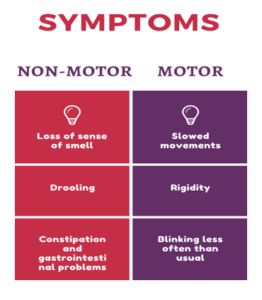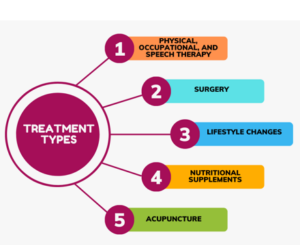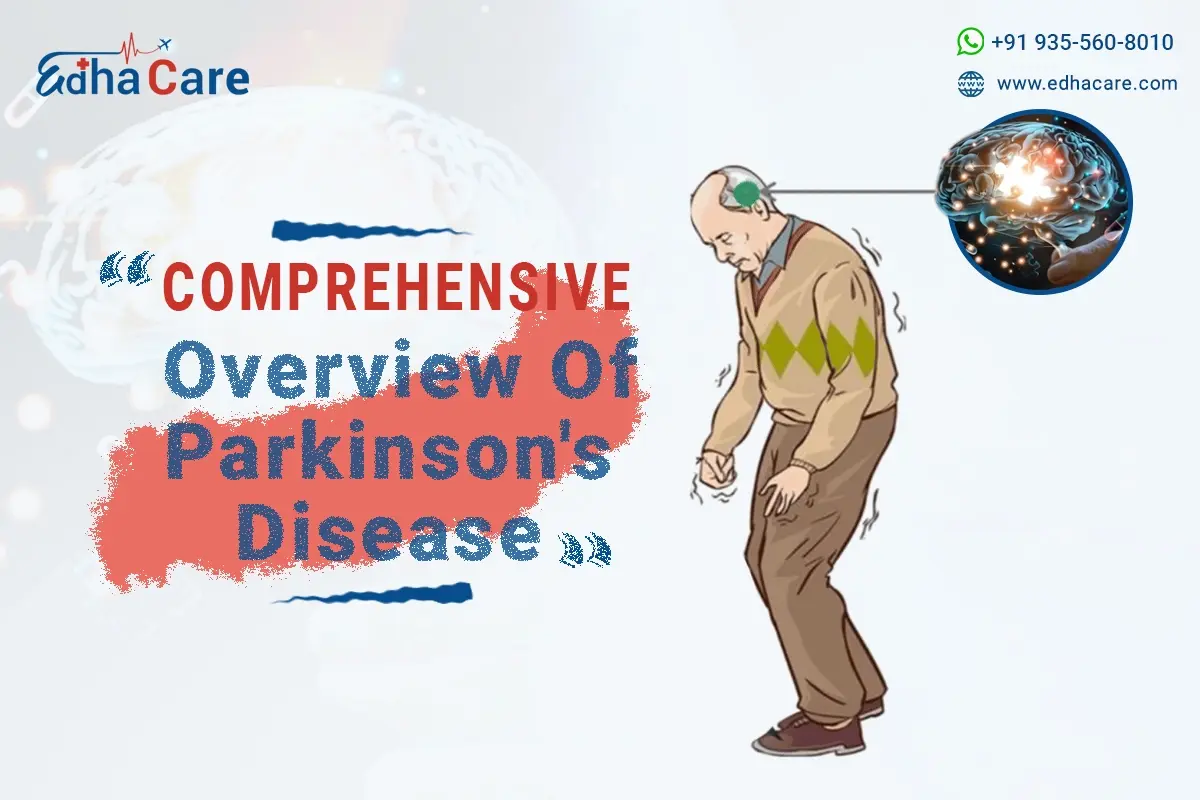Parkinson’s disease is a progressive disorder that affects the nervous system and the parts of the body controlled by the nerves. Symptoms start slowly.
Tremors are common, but the disorder may also cause stiffness or slowing of movement. The disease has been on the rise rapidly. Previously, it was uncommon a bit but with the passing of time, the count increased to a great extent.
Prevalence of the Disease
The disease is increasing rapidly at a huge rate. Globally, disability and death due to PD are increasing faster than for any other neurological disorder. The prevalence of PD has doubled in the past 25 years.
Global estimates in 2019 showed over 8.5 million individuals with PD. Current estimates suggest that, in 2019, PD resulted in 5.8 million disability-adjusted life years, an increase of 81% since 2000, and caused 329 000 deaths, an increase of over 100% since 2000.
Nearly one million people in the U.S. are surviving with Parkinson’s disease (PD). It is projected that the number will rise to 1.2 million by 2030. Men are 1.5 times more likely to have Parkinson’s disease than women.
Symptoms of Parkinson’s disease
Some common symptoms associated with PD include:

How do healthcare providers diagnose the disease?
In 2016, experts developed new criteria for diagnosing early-stage Parkinson’s disease. Doctors may perform some diagnostic and lab tests, but they generally need them to rule out other conditions or certain causes.
Although, most lab tests aren’t necessary unless one doesn’t respond to treatment for Parkinson’s disease, which can indicate suffering from another condition. Several tests are performed to diagnose the condition. Various imaging and diagnostic tests are possible. These include:
- Blood tests
- Computerized tomography (CT) scan.
- Genetic testing.
- Magnetic resonance imaging (MRI).
- Positron emission tomography (PET) scan
In addition to all these, researchers have developed several new tests that aid in the rapid diagnosis of the disease.
The two tests use the following methods.
- Spinal tap– This is one of the test that looks for misfolded alpha-synuclein proteins in cerebrospinal fluid, which is the fluid that surrounds your brain and spinal cord. This test includes a spinal tap, where a healthcare professional inserts a needle into the spinal canal to collect some cerebrospinal fluid for testing.
- Skin biopsy– Another possible test includes a biopsy of surface nerve tissue. A biopsy involves collecting a small sample of the skin, including the nerves in the skin. The samples come from a spot on your back and two spots on your leg. Analyzing the samples can help determine if the alpha-synuclein has a particular kind of malfunction that could surge the risk of developing Parkinson’s disease.
Treatment of the Disease
Because the cause of Parkinson’s is unknown, there are no proven ways to prevent the disease. The treatments can also vary from person to person, depending on their specific symptoms and how well certain treatments work. Medications are the primary way to treat this condition. However, several treatments are considered for improving the condition.
Types of Parkinson’s Treatment

1. Physical, occupational, and speech therapy– Speech, occupational, and physical therapists can be valuable allies in the fight against Parkinson’s disease. Physical therapy can help you find the correct workout programme and can improve your gait. Occupational therapy can improve your fine motor abilities. Speech therapy can help with communication issues that could occur with Parkinson’s disease.
2. Surgery: Deep Brain Stimulation– Some patients with Parkinson’s disease may benefit from deep brain stimulation (DBS), a surgical therapy that has been FDA approved for over a decade. DBS involves implanting an electrode into a targeted area of the brain, usually the subthalamic nucleus (STN) or the globus pallidus interna (GPI). Surgeons can perform the implants on one side or both sides of the brain as needed. They stimulate the electrodes by connecting them to a pacemaker-like device located under the skin in the chest.
3. Lifestyle Changes: Cardiorespiratory exercise (fitness training), resistance exercise (strength training), flexibility exercise (stretching), and gait and balance training can all be included in a comprehensive exercise programme. Making a variety of lifestyle changes can improve the patient’s condition. Additionally, yoga helps improve flexibility, strength, balance, and mobility in people who suffer from a movement problem like Parkinson’s disease.
4. Nutritional Supplements: It was seen that the antioxidant coenzyme Q10, or Co-Q10, may improve Parkinson’s disease. In large part because so many calcium-rich foods (including dairy items) are also high in protein, which may interfere with the absorption of your medications, calcium supplements may be beneficial for persons with Parkinson’s disease.
5. Acupuncture: A crucial component of traditional Chinese medicine is acupuncture, whose fundamental tenet is that stimulating certain sites along the body’s meridians, or energy lines, can reduce pain in addition to having other advantageous effects. Patients in the U.S. who give it a try frequently say that it relieves symptoms including weariness and poor sleep.
Conclusion
Parkinson’s disease is a lifelong condition involving neurological changes in the body. Parkinson’s disease occurs, but genetic and environmental factors may play a role.
Exercise, a healthy diet, and avoiding toxins may all help prevent Parkinson’s disease, but there is no current evidence to confirm the specific cause. While a cure for Parkinson’s disease is not currently available, medications can significantly improve symptoms.

